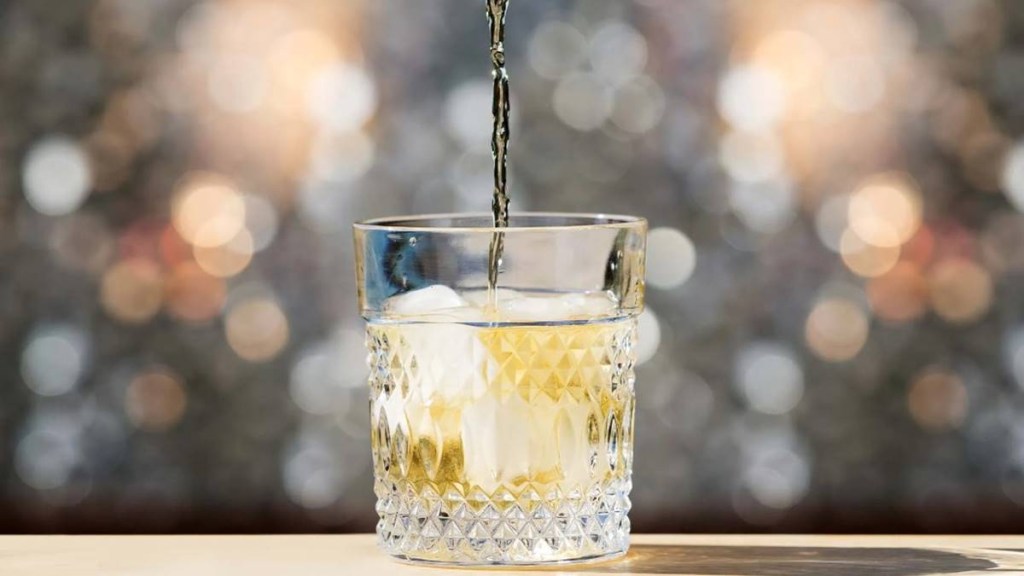Whisky enthusiasts indulge in their favourite spirit in various ways – neat, on the rocks, or with a splash of water. While personal preferences dictate how one enjoys their dram, adding water to whisky poses the risk of over-dilution, potentially diminishing the essence of the spirit.
For those who choose to temper the potency of alcohol, an acquired taste for many, the question arises: How much water is too much? The answer lies in scientific exploration.
A recent 2023 study, conducted by five food scientists from Washington State University, Michigan State University, and Oregon State University, sought to determine the optimal amount of water to add to whisky without compromising its flavour profile and natural aromas.
Published in the open-access journal Foods, the study involved a panel of trained whisky connoisseurs evaluating 25 samples of bourbon, rye, single-malt and blended scotches, and Irish whiskies at various dilution levels. These levels included 100% whisky, 90% whisky and 10% water, 80% whisky and 20% water, 70% whisky and 30% water, 60% whisky and 40% water, and 50% whisky and 50% water.
The findings revealed that the whisky varieties began to blend notably at the 80% whisky and 20% water ratio. At this point, non-hydrophilic molecules were displaced and crowded out, creating a harmonious balance. In simpler terms, the 80-20 whisky-to-water ratio proved to be the sweet spot, as a higher water percentage led to a dilution of distinct flavours, making different variants taste too similar. A water percentage below 20 retained the whisky’s distinct aroma, properties, and compositions.
For those pouring a double peg (60 ml of whisky), the study suggests not adding more than 12 ml (equivalent to 20% of the whisky’s volume) to maintain the ideal balance. The study also highlighted differences in the impact of water dilution on scotches and bourbons. Scotches initially presented a smokier smell, which evolved into a lighter and fruitier aroma with over-dilution.
On the contrary, bourbons unfolded with a spicy, rich flavour that transitioned into an aroma of grains and corn, losing the oakiness and vanilla traces present in its undiluted state.








